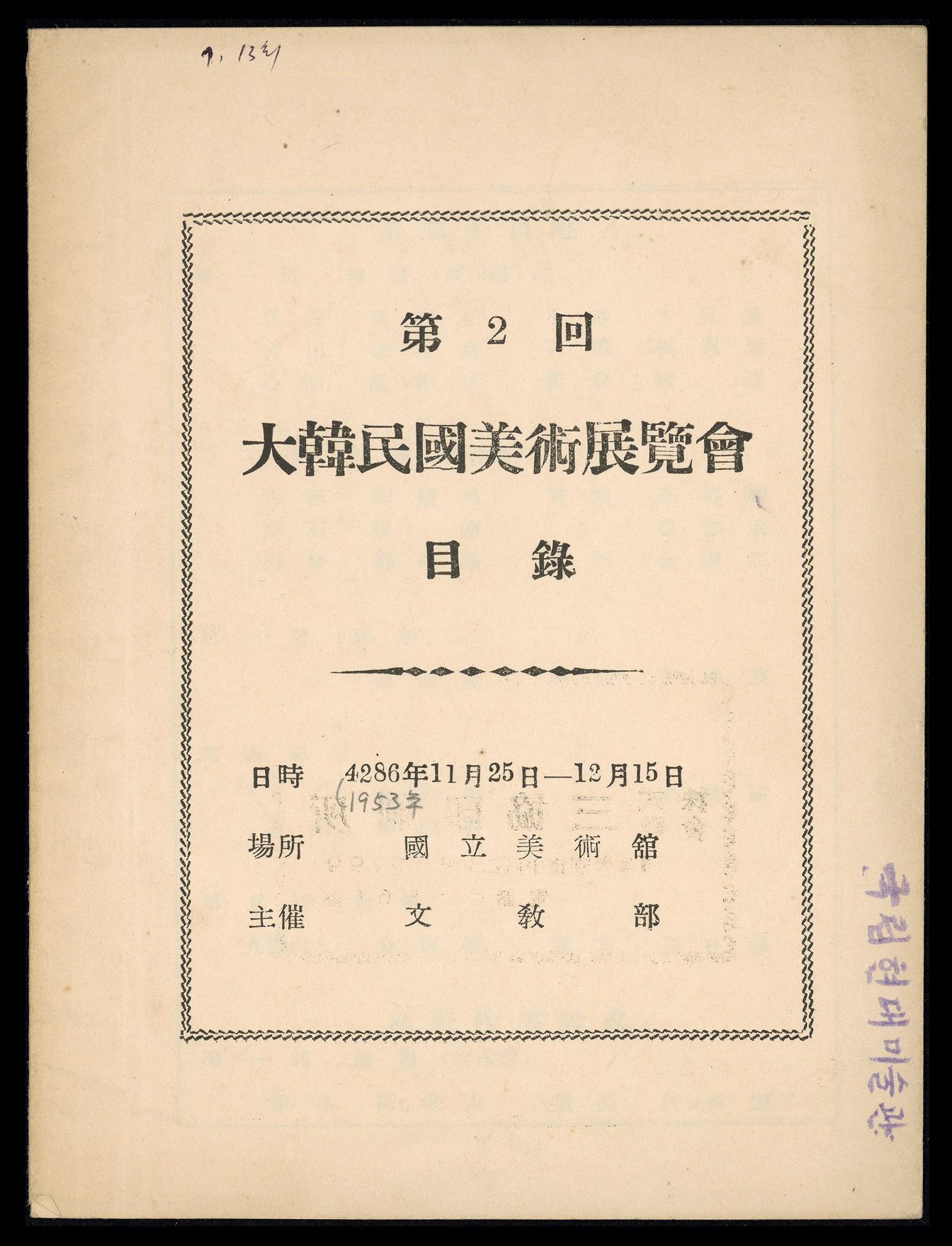
Second National Art Exhibition (Gukjeon) Brochure, 1953, MMCA Art Research Center Collection
National Art Exhibition
* Source: Multilingual Glossary of Korean Art. Korea Arts Management Service
Related
-
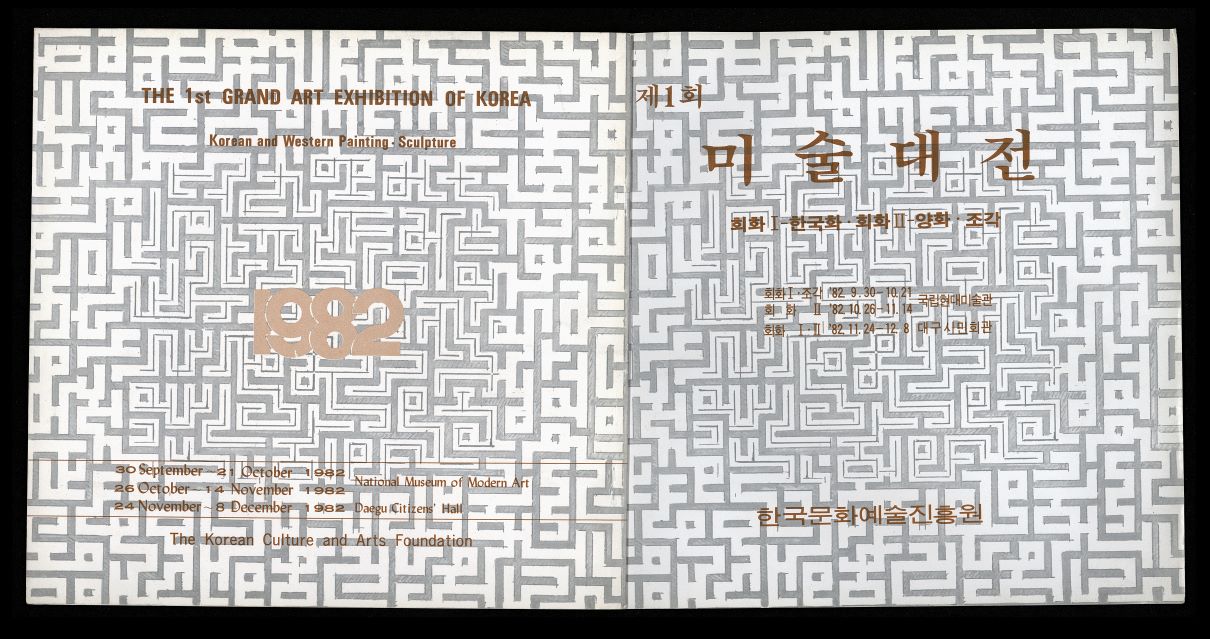
Grand Art Exhibition of Korea
The Grand Art Exhibition of Korea [Daehanminguk misul Daejeon] is an arts contest hosted by the Korean Fine Arts Association. National Art Exhibition (Gukjeon), which had been held from 1949 through 1981, was transferred to the private sector and renamed the “Grand Art Exhibition of Korea.” During its transitional period from 1982 through 1985, the Grand Art Exhibition of Korea was run by the Korea Culture and Arts Foundation, a semi-governmental organization. Starting in 1986, the Korean Fine Arts Association hosted the exhibition with support for the operating budget from Arts Council Korea. It had been held with five sections: Korean painting, Western painting, sculpture, crafts, and calligraphy (including the Four Gentlemen). In 1986, its crafts section was separated from the Grand Art Exhibition of Korea and established as the Grand Craft Exhibition of Korea, and in 1989 the calligraphy section was separately installed as the Grand Calligraphy Exhibition of Korea. At the same time, a printmaking section was newly established in the Grand Art Exhibition of Korea. From 1993 onward, due to the increase in entries and lack of exhibition space, the Grand Art Exhibition of Korea was divided into two parts: a spring exhibition on non-figurative art and a fall exhibition on figurative art. It played an instrumental role in establishing the terms “Eastern painting” as “hangukhwa (Korean painting)” and “Western painting” as “yanghwa (Western style painting).”
-
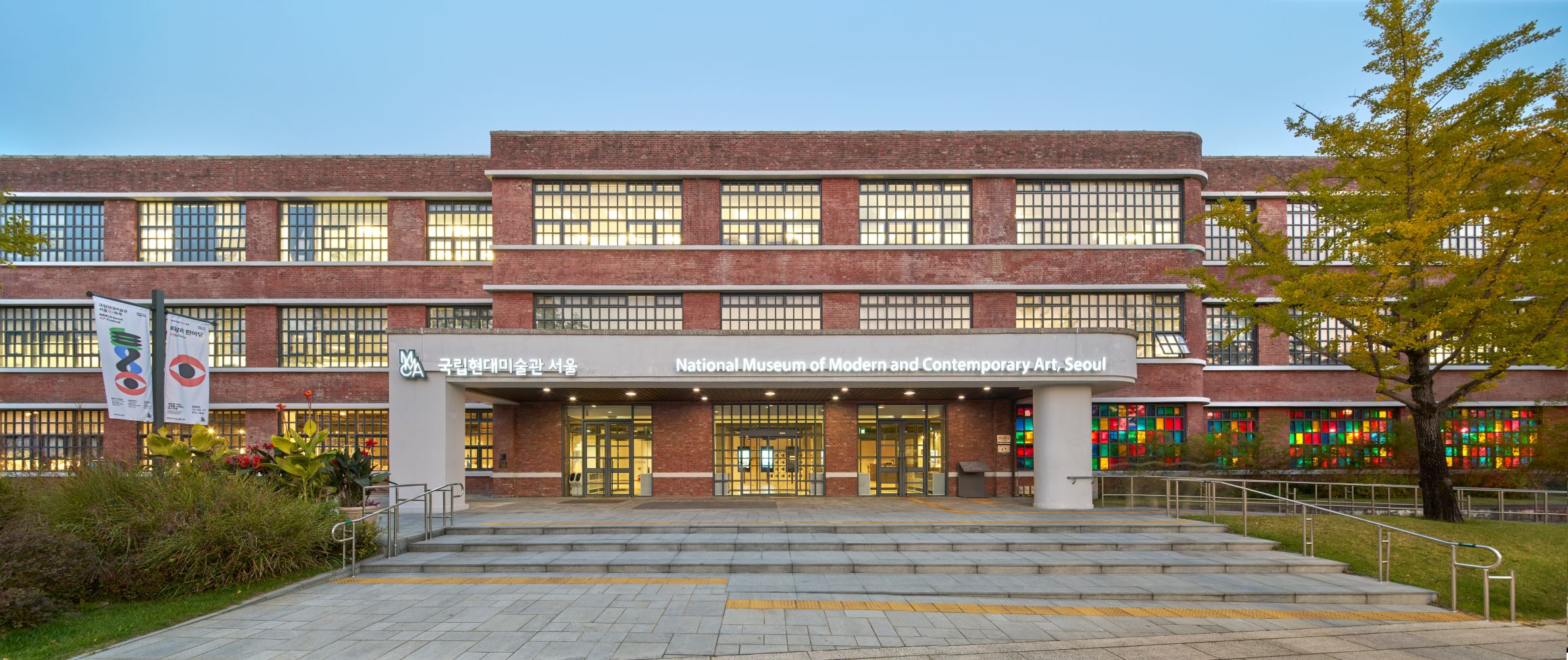
National Museum of Modern and Contemporary Art, Korea (MMCA)
A national museum established in 1969 that researches, collects, and exhibits modern and contemporary art. As of 2018, there are branches in Gwacheon, Deoksugung, Seoul, and Cheongju. When first established, the National Museum of Modern Art (now MMCA) was located within Gyeongbokgung palace. In 1973, the museum moved to the East Wing of the Deoksugung Seokjojeon building. Then, in 1986, the museum moved to its current location in Gwacheon, to occupy a new building equipped with an outdoor sculpture exhibition space, and has since opened a new chapter in Korean art. The perceived need for a space to focus specifically on Korean contemporary art led to the establishment of further site, the National Museum of Contemporary Art, Deoksugung in 1998. In November 2013, a further demand for contemporary art exhibitions led to the establishment of another Seoul branch being created in the Defense Security Command building in Sogyeok-dong, Jongno-gu, which has since its inception engaged in multifaceted exhibitions of both domestic and overseas contemporary art. Also, as a further component of the MMCA complex, a disused tobacco factory in Cheongju was remodeled to provide a home to the National Art Storage Center.
-
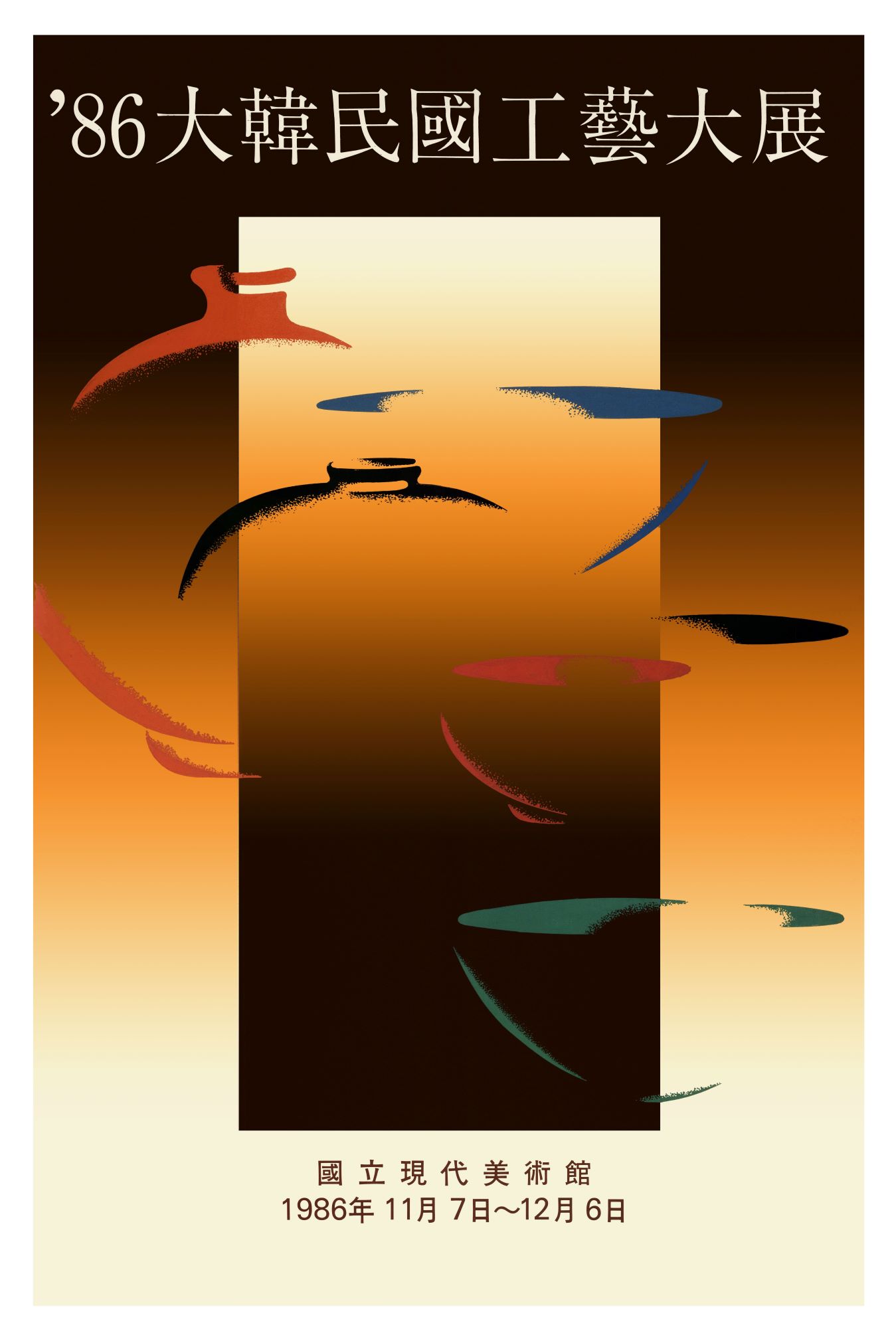
Grand Craft Exhibition of Korea
The Grand Craft Exhibition of Korea is a competition organized by the Korean Fine Arts Association [Mihyeop] and invites entries for crafts in each category. With the abolition of the government-sponsored National Art Exhibition (Gukjeon) in 1949 right after the establishment of the government of the Republic of Korea, its crafts section was temporarily included in the Grand Art Exhibition of Korea hosted by the Korean Fine Arts Association from 1982 but began to be operated separately from 1986. The first competition was held in 1986 and organized by the MMCA. From the second edition (1987) through the thirteenth edition (1998), it was operated by the Korean Fine Arts Association. With the eighteenth edition in 1999, the crafts section was officially included in the Grand Art Exhibition of Korea. At the time, the Operating Committee for the Grand Craft Exhibition of Korea was established, and the Korea Culture and Arts Foundation began sponsoring the competition. The fields of the competition were divided into metal, ceramics, wood-lacquering, dyeing, and others, and centered on established artists. The Grand Craft Exhibition of Korea is responsible for evaluating the workmanship and artistry of professional artists in each craft field.
Find More
-

JoongAng Fine Arts Prize
JoongAng Fine Arts Prize was launched by the JoongAng Ilbo newspaper company in 1978. Along with the Dong-A Art Festival initiated by the Dong-A Ilbo newspaper company and the Dong-A Broadcasting System in the same year, it was one of the two leading private exhibitions. It began with a goal to overcome the irregularities of the National Art Exhibition (Daehanminguk misul jeollamhoe or Gukjeon), discover new talents, and encourage diverse creations. The JoongAng Fine Arts Prize was run mainly in the form of competitions and invitational exhibitions, but the invitational exhibitions ran only for four rounds and was discontinued. As the Gukjeon was abolished in 1981, the JoongAng Fine Arts Prize came to be firmly established as a gateway for young artists alongside the Dong-A Art Festival. Under the influence of the Gwangju Biennale that started in 1995, it was renamed the JoongAng Biennale. However, two years later in 1997, it reverted to the JoongAng Fine Arts Prize. As channels through which artists debuted became diversified in the 1990s onwards, its status as a gateway for young artists gradually weakened. Starting in 2005, it attempted to make changes by providing selected artists with production expenses and a space for exhibiting their completed works. Nevertheless, it ended up being discontinued with the thirty-eighth edition held in 2016 as the last exhibition.
-
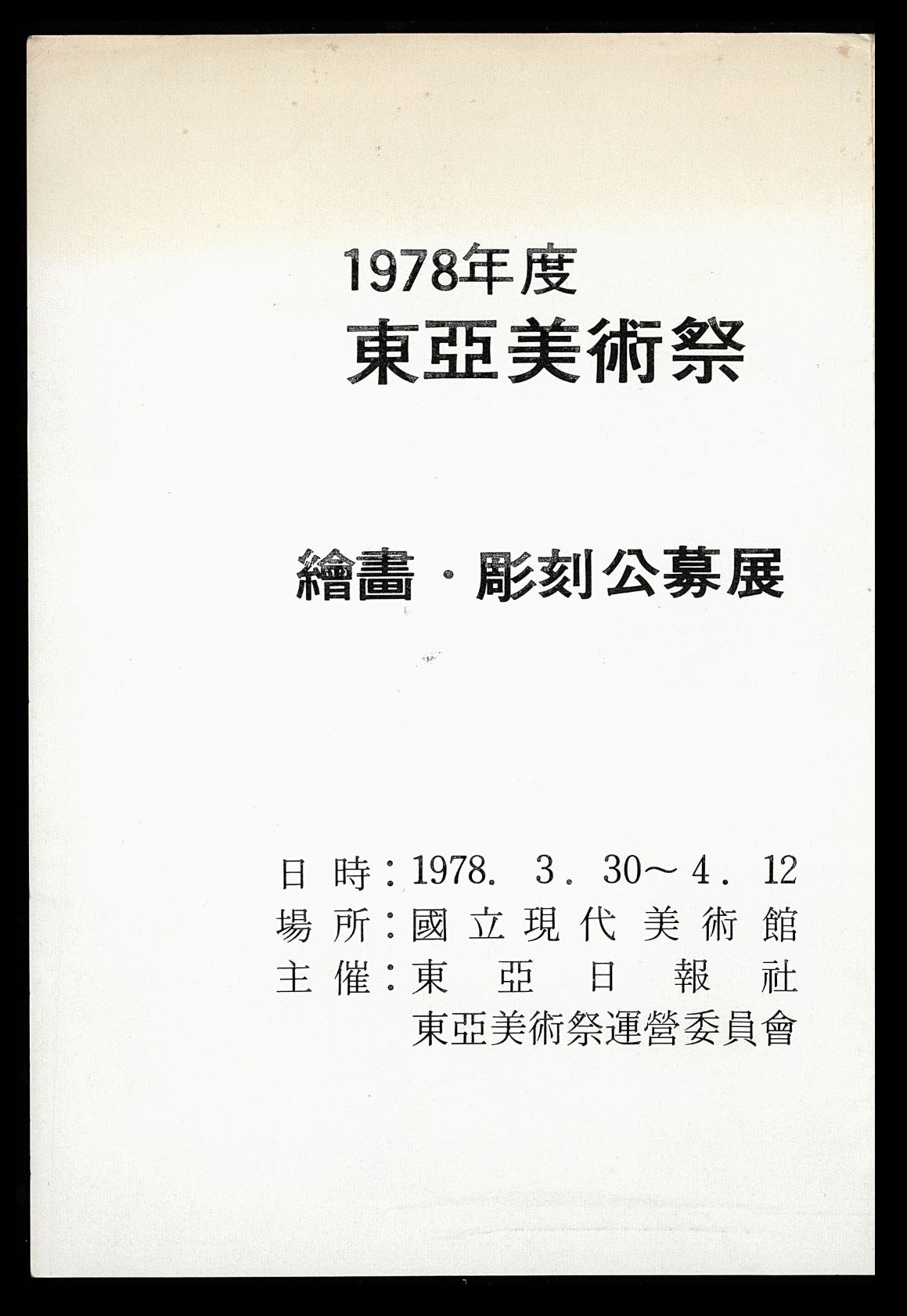
Dong-A Art Festival
An exhibition launched in 1978 by the Dong-A Ilbo newspaper company and the Dong-A Broadcasting System, Dong-A Art Festival aimed to discover new emerging artists through the art contest. Along with the JoongAng Fine Arts Prize that the JoongAng Ilbo newspaper company started in the same year, it became firmly established as a doorstep for emerging artists in the 1980s and 1990s. This exhibition was in line with the Dong-A Photo Contest founded in 1963 by Dong-A Ilbo and the Seoul International Print Biennale founded in 1970. The fields of the Dong-A Art Festival kept changing. It had been held biannually with crafts, calligraphy, and photography separated from painting and sculpture. In the 1990s, in even-numbered years the festival held competitions in four fields including painting and sculpture, whereas in odd-numbered years it held competitions in calligraphy, seal engraving, and literati painting. However, school ties and personal connections through associations in the art world affected the judging process, thus undermining the authority of the festival. Moreover, as artists debuted through diverse means such as solo exhibitions, the Dong-A Art Festival changed from a call for works to a call for exhibition plans in 2006. Since then, a newly organized exhibition has been selected every year through a competition, attracting attention, but it was abolished in 2014.
-
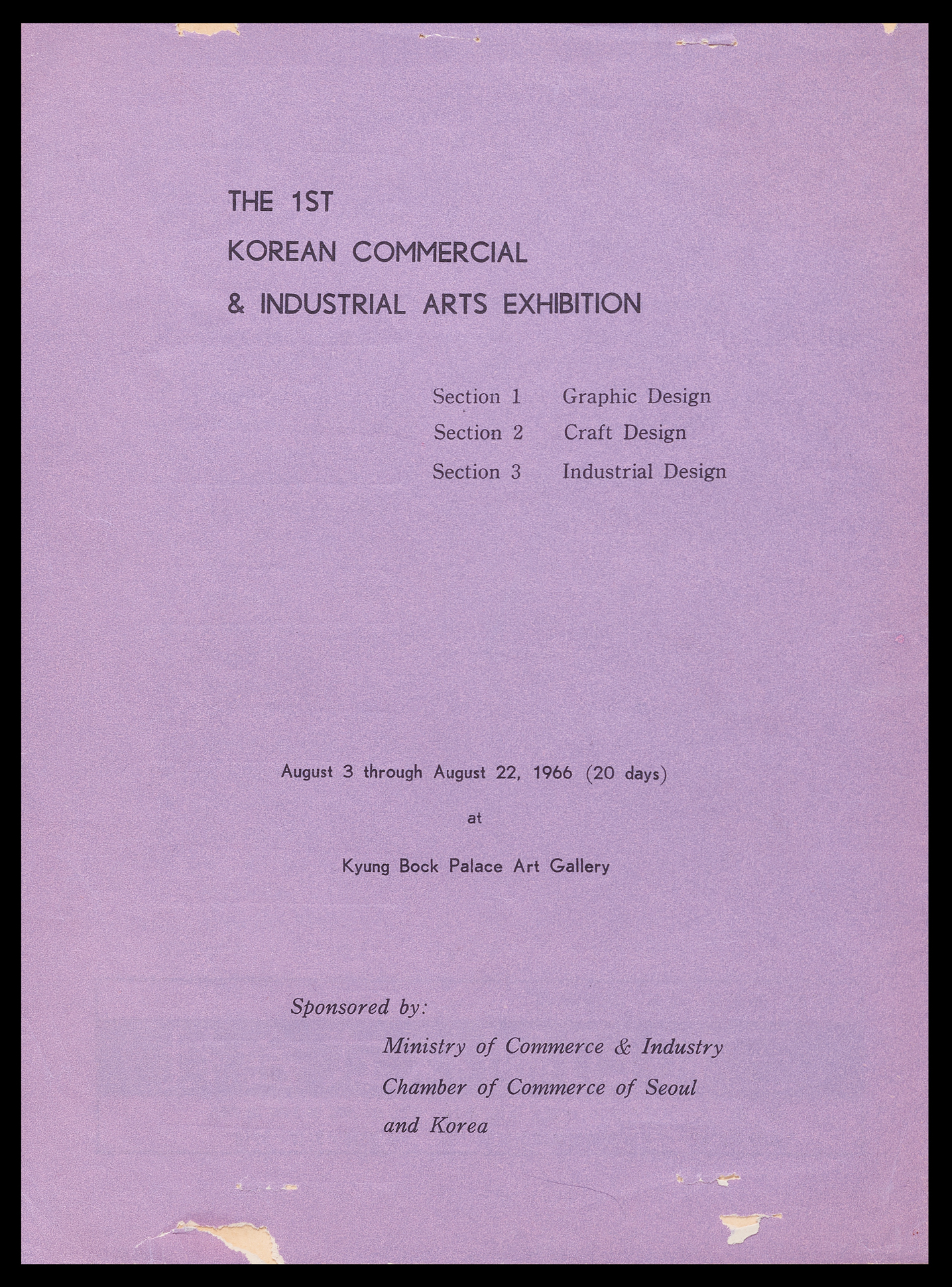
Korean Commercial and Industrial Art Exhibition
The Korean Commercial and Industrial Art Exhibition is a design competition that was first held in August 1966. It was launched “as part of export promotion measures to inspire creativity for excellent designs internally and redeem the backwardness of Korean design externally.” In 1976, it was renamed the Korean Industrial Design Exhibition and in 2007, the Korea International Design Award, which continues to operate as of 2024. Initially, the holding of the exhibition was led by the Ministry of Commerce and Industry, but since the sixth edition in 1971, the Korea Design and Packaging Center (present-day Korea Institute of Design Promotion (KIDP)) has been organizing the exhibition. The first edition held at the Gyeongbokgung Palace Museum in August 1966 featured a total of 241 works consisting of 104 works in the first section of commercial art, 81 works in the second section of craft art, and 56 works in the third section of industrial art. In 1976, the disciplines were changed to visual design, craft design, and industrial design. Since then, the names and disciplines have changed several times. In 2019, the exhibition was divided into seven disciplines: product design, visual communication design, digital media/contents design, space/environmental design, fashion/textile design, service/experience design, and craft design. This disciplines remain in place as of 2024. The 2023 entries totaled 1,933 works with 41 prize winners and 221 honorable mentions.






